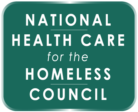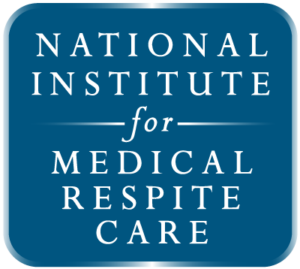Uncoloring the COVID-19 Pandemic: A Letter from Our CEO


The COVID-19 pandemic is unprecedented. With parts of the world and the U.S. under stay-at-home orders, and large segments of the world economy shut down, we see that the epidemic is not distributed evenly among all racial and ethnic groups. Overall, African-Americans are more likely to be infected, to be hospitalized, and 2.3 times more likely to die from COVID than the general population. In Chicago, 67% of deaths are among African-Americans though they only comprise 29% of the population. In Wisconsin, 42% of deaths are among African-Americans which comprise only 8% of the population.
The COVID pandemic has brought into sharp relief the preexisting conditions of social inequalities and their deadly consequences. Structural racism fueled federal policies that explicitly prevented African-Americans from owning homes and created segregated and more crowded neighborhoods with decreased city amenities and more sources of environmental pollutants. Unequal public school opportunities, unequal policing and criminal justice practices have led to mass incarceration, poverty and less access to nutritious food. These are the predominant factors that lead to African-Americans having higher rates of diabetes, hypertension, asthma, and other conditions that place one at risk of developing COVID-19 when exposed to the coronavirus.
Unconscious bias also makes it less likely that African-Americans will be hired for better-paying jobs (and better employer-based health coverage), and more likely that they will be working during the pandemic in lower-paying (but essential) service jobs, such as grocers, meat processing plants, sanitation, and transportation that cannot be done remotely in the safety of one’s home. They are, therefore, more likely to be exposed to the virus, less likely to have access to care, and when they do present for care, studies have shown that due to unconscious bias, African-Americans receive poorer care from health care professionals.
Given these realities, the disproportionate burden borne by African-Americans with COVID-19 is all but guaranteed. However, we don’t have to accept that these realities will continue, and in fact, one of the reasons why the Council exists is stated in our Mission Statement: “to build an equitable, high-quality health care system.”
What can we in the Health Care for the Homeless community do? First, examine your data regarding COVID-19 by race and ethnicity. Without those data, we may not know disparities exist. As of April 13, racial data was only available for 35% of the 23,000 people who died from COVID-19 in the U.S. This is willful ignorance that cannot continue if we are to have effective interventions to reduce transmissions and death. The biggest and most glaring hole is there is very little data on how the pandemic is affecting Native Americans, though given their rates of poverty, substandard housing on reservations, the underfunding of the Indian Health Service, and consequent lack of access to quality health care, and higher rates of underlying conditions, we must presume that the epidemic will have a much greater impact in those communities. Only when we know disparities exist can we allocate resources most effectively and tailor interventions to reach high-need communities.
Second, advocate for your local and state health department to do the same, if they are not already. This is vitally important, but only 12 states and a handful of cities are reporting COVID-19 data by race. From these limited data, we see that in some cities, Latinos are over-represented among COVID-19 patients. In others, Asians are over-represented, and in some Whites are over-represented.
Additional steps we can take to address inequities stemming from systemic injustices include:
- Address unconscious bias among providers.
- Examine and change organizational structures and processes that reinforce race inequities. The Council is in the midst of a second cohort in a Learning Collaborative on this topic. There are concrete things that every organization can do to improve in this area – if there’s the will to make necessary changes.
- Create interventions and programs that address disparities, such as using Community Health Workers with an understanding of the culture in communities that are hard-hit by COVID-19 to increase access to care and acceptance of the care. Or make sure services are accessible to speakers of other languages, if language is a barrier to care.
- Normalize and continue the solutions to COVID-19 inequities. What works to reduce COVID-19 inequity during the epidemic should continue after the epidemic in order to address continuing health disparities.
The Council stands ready to help you with an abundance of resources that we are developing and are posted in our Coronavirus Resources. In the need to respond quickly to the needs of those you’re serving, it may be tempting to push the importance to address equity to the background. The reality is, as these data show, it is more important than ever to place equity in the center of our ongoing work.
In Solidarity,


Bobby Watts
Chief Executive Officer
National Health Care for the Homeless Council
bwatts@nhchc.org

